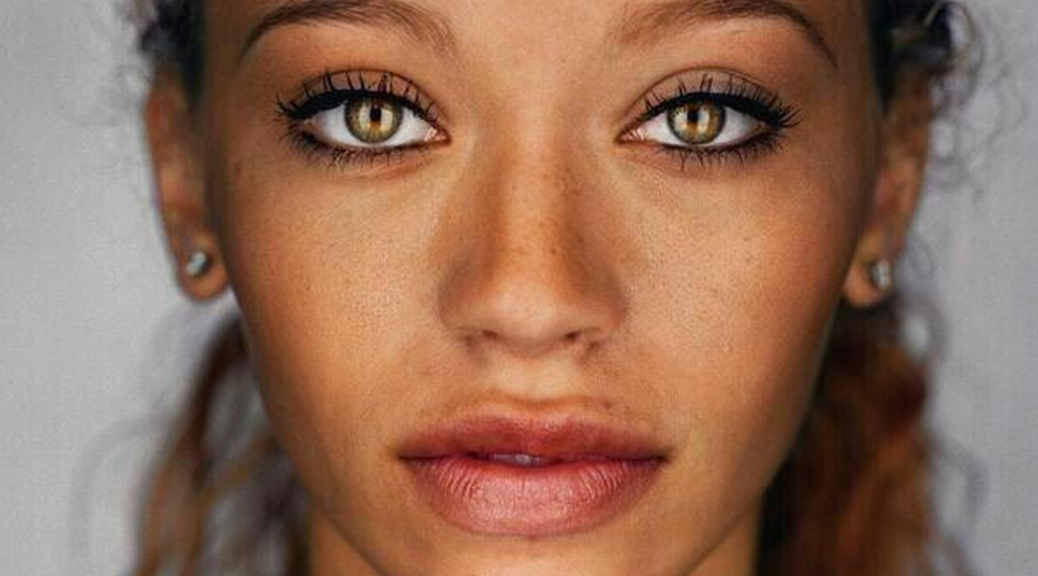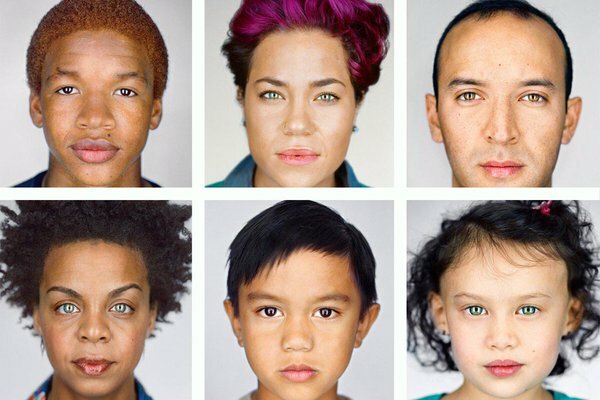National Geographic Determined What Americans will Look Like in 2050
In 2013, surprisingly now 5 years ago, a National Geographic edition was published that was interesting enough and timeless enough to be relevant again.
It’s no secret that people are having relationships regardless of race, and according to one article, “in a matter of years we’ll have Tindered, OKCupid-ed and otherwise sexed ourselves into one giant amalgamated mega-race.” That’s of course if people remain fertile enough to have children in the future, because we’re entering a global infertility crisis according to mainstream research.
The 125th anniversary issue of National Geographic was constructed around the question of, what will humans look like in the year 2050? Now, that’s only about 31 years from now. This is what they came up with.

(Image credit: twitter)
Writer Lise Funderburg, and Martin Schoeller, a portrait artist and renowned photographer, were hired by National Geographic to try and illustrate the faces people might have in a certain amount of years as people mix racially even further.
This is another set of photos they provided to illustrate how people will look.

(Image credit: twitter)
Mic notes: “Wow. These are obviously not Photoshopped projections, but real people, meaning tomorrow’s America lives among us now in every “Blackanese,” “Filatino,” “Chicanese” and “Korgentinian” you meet at the DMV, grocery store or wherever it is you hang out.
Their numbers will only grow. The U.S. Census Bureau let respondents check more than one race for the first time in 2000, and 6.8 million people did so. By 2010 that figure had increased to nearly 9 million, a spike of about 32%.”
However one detail about surveys is that when they let people identify themselves in them, the data can become skewed because so many cultural, familial, and geographical factors can complicate an individual person’s decision to claim a certain race. For example, a 90% white, 10% Mexican from San Diego, California may claim they are primarily Hispanic. The Spanish element of the Hispanic race itself complicates things.
The definition of race itself also has absolutely no basis I biology, yet the world has been to some extent shaped by it for thousands of years.
It was reported around the beginning of this decade by the Wall Street Journal that 15% of new marriages in 2010 were between people of different races. That’s over double what it was 25 years ago.
However, the amount of these couples having children, it would appear to be declining, for people of all races. People simply aren’t having children as they used to.
At the same time with all of this, there are plenty of people who are set in their communities of people mostly of the same race and will probably not mix much in the short span of 30 years.
All in all, this seems like an idea for a National Geographic story, rather than a completely accurate prediction. However, it’s quite interesting to see the renderings of people’s faces, to wonder about how it would look if we all mixed evenly and became one orangey color or something like that. The artists did a great job.
